How To Kill Bamboo Plants And Control Bamboo Spread


A homeowner who has had bamboo thrust upon them by a careless neighbor or a previous homeowner knows that trying to get rid of bamboo can be a nightmare. Eliminating bamboo plants is one of the toughest things you can do in the garden, but it can be done.
With diligence and perseverance, you can control the bamboo spread and even kill bamboo plants that have invaded unwanted places. Keep reading to learn more about how to eliminate bamboo plants in your garden.
How to Get Rid of Bamboo
Eliminating bamboo plants starts with a shovel. The creeping rhizomes and roots of bamboo are virtually immune to the herbicides people normally use on unwanted plants. In order to start to get rid of bamboo, you must physically dig up the offending clump.
Make sure you remove as many of the roots as possible. After this, you are NOT done in your efforts to control bamboo spread. This is just the beginning. Even if you think you remove all of the bamboo roots and rhizomes, it will return. From here you have two options in how to eliminate bamboo.
You can either diligently kill bamboo plants as the plants reemerge or you can get rid of the bamboo by mowing it down frequently. If you opt to get rid of bamboo with chemical controls, as soon as you see new bamboo shoots emerge, spray them with the strongest herbicide you can buy.
Eliminating bamboo plants with this method requires that you be very diligent. If you allow a bamboo shoot to grow for too long without treating it, you will have to start over in your control bamboo spread. If you would like an organic method of eliminating bamboo plants and shoots as they emerge, you can also use boiling water on the shoots.
As with the chemical method, you must treat any bamboo shoots as soon as they appear. If you decide to get rid of bamboo with the mowing method, mow over the area where the bamboo was as frequently as you do your lawn. Use the lowest deck setting on your mower.
Gardening tips, videos, info and more delivered right to your inbox!
Sign up for the Gardening Know How newsletter today and receive a free copy of our e-book "How to Grow Delicious Tomatoes".
Regardless of the method you use to kill bamboo plants, expect that it will take you two to three years of treating the infested area before you will completely control bamboo spread.
How to Control Bamboo Spread from Neighboring Properties
If you find your efforts to kill bamboo plants thwarted by spread from a neighbor, you will need to build a barrier to keep the bamboo from spreading to your yard. The barrier can be made of concrete or metal.
Wood can also be used, but be aware that it will eventually decompose and the bamboo will push through again. The barrier will need to go down 2 feet (0.5 m.) deep and should come up at least 6 inches (15 cm.). Inspect the barrier every few months to make sure that no bamboo has crept over the barrier.

Heather Rhoades founded Gardening Know How in 2007. She holds degrees from Cleveland State University and Northern Kentucky University. She is an avid gardener with a passion for community, and is a recipient of the Master Gardeners of Ohio Lifetime Achievement Award.
-
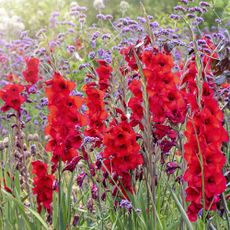 7 Summer-Blooming Bulbs To Plant In Early Spring: Don't Miss Months Of Glorious Flowers!
7 Summer-Blooming Bulbs To Plant In Early Spring: Don't Miss Months Of Glorious Flowers!Get a head start on stunning summer blooms with these easy-to-plant bulbs – act early and you will enjoy vibrant flowers that last for months on end.
By Mary Ellen Ellis
-
 Early Blooming Hydrangeas: Grow A Quick Fire Hydrangea For A Long Season Of Interest
Early Blooming Hydrangeas: Grow A Quick Fire Hydrangea For A Long Season Of InterestIf you’re after an early flowering panicle hydrangea that offers plenty of floral variety, the Quick Fire hydrangea goes big on visual dynamics from early summer to fall
By Tonya Barnett
-
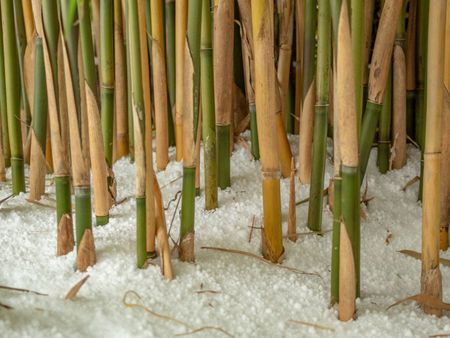 Bamboo Winter Care – How To Winterize Bamboo Plants
Bamboo Winter Care – How To Winterize Bamboo PlantsWinterizing bamboo is important to facilitate continued growth again in spring. Click here to get some tips for your bamboo during winter.
By Becca Badgett
-
 Desert Bamboo Varieties – Growing Bamboo In The Desert
Desert Bamboo Varieties – Growing Bamboo In The DesertGrowing bamboo in the desert or finding one desert climates starts with the right plant selection. Click here for choices that do well in arid climates.
By Becca Badgett
-
 Large Bamboo Division: Learn When To Split Potted Bamboo Plants
Large Bamboo Division: Learn When To Split Potted Bamboo PlantsBamboo plants are wonderful plants to grow in pots. Many varieties are invasive when planted in the ground, so growing them in pots is a great solution, but they will grow pretty quickly and can be a challenge to repot. This article can help with that.
By Raffaele Di Lallo
-
 Bamboo Mite Information – Learn How To Kill Bamboo Spider Mites
Bamboo Mite Information – Learn How To Kill Bamboo Spider MitesWhat are bamboo mites? Native to Japan, bamboo mites are troublesome little pests that feed on bamboo and a few grasses in the bamboo family. Managing bamboo mites isn?t easy, but it?s possible. You can learn more about bamboo mite control in the following article.
By Mary H. Dyer
-
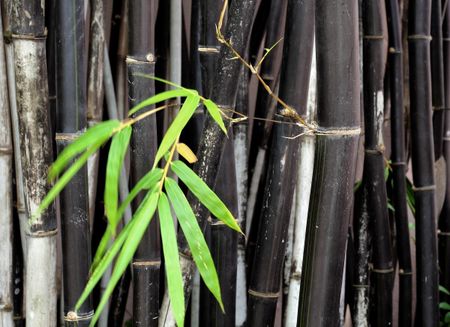 Black Bamboo Info: Tips On Growing Black Bamboo
Black Bamboo Info: Tips On Growing Black BambooWhile bamboo provides the instant gratification of being a fast grower, some varieties of bamboo can become very invasive and grow out of control. Is black bamboo invasive? Click on this article for the answer and learn how to care for black bamboo.
By Shelley Pierce
-
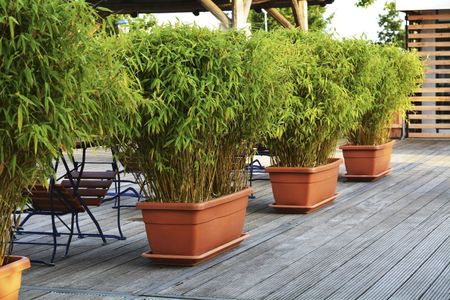 Growing Bamboo In Pots: Can Bamboo Be Grown In Containers
Growing Bamboo In Pots: Can Bamboo Be Grown In ContainersBamboo gets a bad rap. There's one surefire way to prevent their rhizomes from getting all over your yard: growing bamboo in pots. Click this article to learn more about container grown bamboo and caring for bamboo in pots.
By Liz Baessler
-
 Bamboo With Brown Tips: Reasons Why Bamboo Plant Tips Are Brown
Bamboo With Brown Tips: Reasons Why Bamboo Plant Tips Are BrownMy bamboo is turning brown; is that normal? The answer is - maybe, or maybe not! If you?re noticing your bamboo plant tips are brown, it?s time to do some troubleshooting to determine the cause. This article can help with that.
By Mary H. Dyer
-
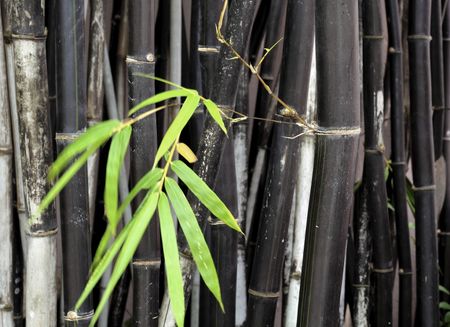 Bamboo Plant Types – What Are Some Common Bamboo Varieties
Bamboo Plant Types – What Are Some Common Bamboo VarietiesIf you plan accordingly and pay attention to what variety you?re planting, bamboo can be a great addition to your garden. Take a look at this article to learn about different varieties of bamboo. Click here for more info.
By Liz Baessler